
views
Stopping Yourself from Speeding
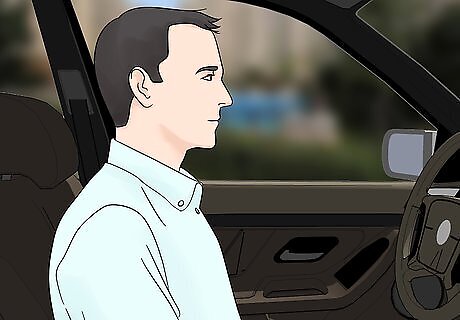
Relax yourself before driving. Being anxious or angry can make you drive more erratically. Maintaining control is key to resisting the urge to speed. Before you start your vehicle, relax by taking some deep breaths. As you drive, try listening to light music such as classical instead of tense-sounding music like hip-hop or hard rock. Focus on the road and let go of negative, emotion-laden thoughts. It’s okay to stop on the side of the road or in a parking lot if you need to reorient yourself. Start over by breathing and shaking out the tension. It can take a while before this becomes second-nature to you.
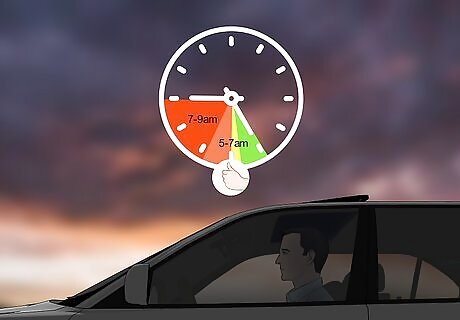
Leave earlier so you don’t rush to your destination. Many people speed because they feel like they’re running late. Don’t put yourself in a situation where you feel pressured to get to work or an appointment on time. Take care of tasks at home, such as preparing breakfast or choosing an outfit, ahead of time. Give yourself plenty of time to get to where you need to go.
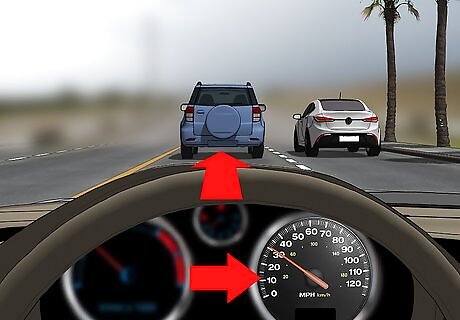
Pay close attention to the speedometer. Occasional glances at the speedometer will keep you in check. Take a quick look down to see how fast you’re going. Adjust your speed accordingly. The act of looking forces you to stay engaged instead of zoning out and driving by instinct. Remember to keep your glances brief so your eyes stay focused on the road.
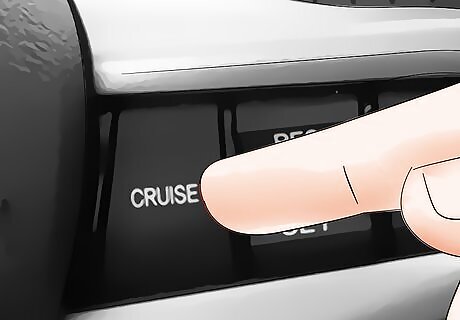
Use the cruise control option to set a speed. Cruise control is useful for straight, open roads that many people are tempted to speed on. Find the “Set” button on your car. Accelerate to the speed you wish to go, then press the Set button to maintain that speed automatically. You may use accelerate and decelerate buttons in your car to adjust the speed. The cruise control setting differs between car brands. Consult your owner’s manual for instructions on how to engage cruise control. Cruise control is not appropriate for winding roads, city roads, or rainy weather. In addition, the car’s speed is affected by hills. Watch out when you go down hills, since you’ll pick up speed. Braking usually stops cruise control in addition to slowing you down.
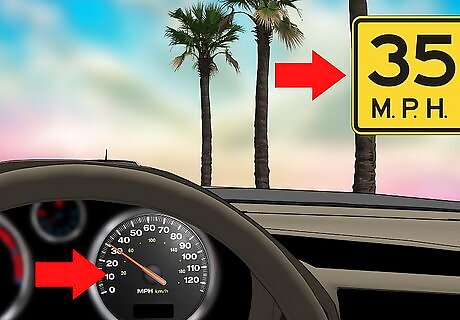
Drive a little bit under the speed limit. Dropping 5 mph (8 km/h) won’t significantly decrease your travel time. Staying aware of the speed limit and choosing to stay below it reduces your chances of accidentally going over it. Even if you notice a big difference at first, you’ll adjust the more you drive at the reduced speed.
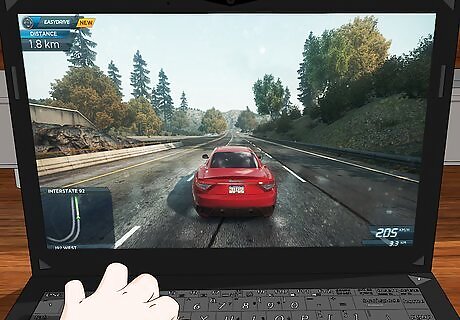
Burn off your need for speed in a safe setting. Racing games give you a chance to go fast without putting everyone at risk. Find these at arcades or on home computers and game consoles. You may also try joining autocross events or club racing with the SCCA. Get your speed fix before you have to head out onto the road.
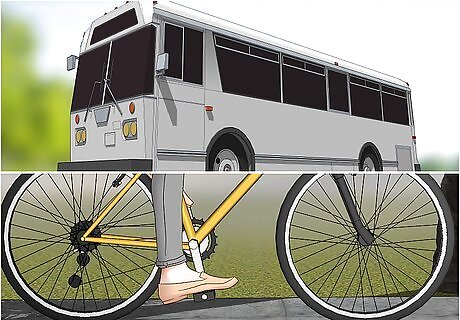
Drive less often. Find ways to cut down on your driving. Check your area for bus routes. Sometimes you can park near the bus station and use the bus to travel the rest of the way to your destination. Biking or walking are also options for shorter distances. Is your office right around the corner? Take the opportunity to refresh yourself with some exercise.
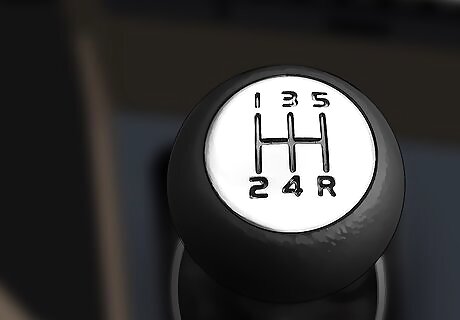
Learn manual transmission. Your car may not have manual transmission, so you’d have to consider switching cars. With manual transmission, you have to shift up a gear using the gearstick to go faster. This is an easy way to limit your maximum speed. You’ll also learn to identify how fast you’re going by the sound of your engine.
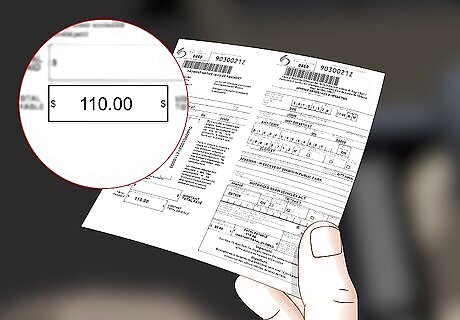
Figure out the cost for speeding. Mentally calculate how much that ticket will cost you. Tickets in the USA can set you back hundreds of dollars. Going faster than 65 mph (105 km/h) burns more fuel and causes more wear and tear to your vehicle. In addition, an accident you are at fault for can cost you much more. Even if money isn’t an issue, think of the cost in lives. Your speeding is a risk to yourself, your passengers, and everyone else on the road. Remember what will happen if you, for example, hit a child who runs out into the street. Now think of how you’d feel if that was your child. The time you save by speeding doesn’t make up for the costs, so don’t rely on that as an excuse. Speeding really only shaves off 2-3 minutes from your arrival time, so it isn't worth it.
Preventing Others from Speeding
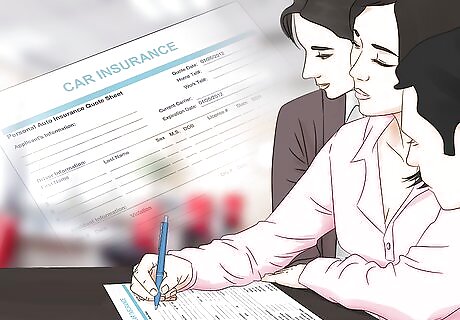
Make everyone in your home responsible for car insurance. Don’t take care of car insurance for someone else. When you pay it automatically, they don’t see the costs associated with speeding. Instead, make them responsible for the insurance price increase as well as any tickets they get. They will feel the full effects of any bad driving they do.
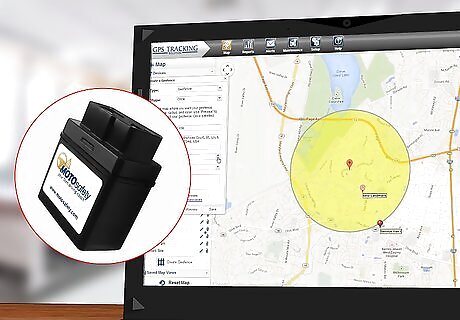
Install speed monitoring. A speed monitoring system fits in a car’s diagnostic port. It then relays GPS coordinates and speeding details back to a website. You can set boundaries for how far someone can travel, when they break certain speeds, and when the device is unplugged. These systems can be bought in electronic stores or online and maintained monthly for a small fee. Examples of these systems include MOTOsafety, Mastrack, and MobiCoPilot. Make sure you have the person’s permission before tracking them.

Raise speeding awareness with signs and pledges. The simplest idea you can try to prevent speeding in your area is to raise awareness. Plant a sign in front of your house that notes the speed limit and that “90% of people obey it.” Have your neighbors help, and have them pledge to reduce their own speeding. This will reduce speeding for a short period of time as people read the signs. Eventually, this effect wears off as the signs become part of the background. Many times residents of the area are the ones likely to ignore signs and pledges.

Ask the city for a police presence. Seeing a police cruiser is enough to slow people down. Think about when there’s a large number of speeders in your area or when it’s least safe for them, such as when children are walking home from school. You may need to pester the government a bit before they send a car. A police presence costs the government money and the effects are temporary. As soon as the police leave, people will start speeding again. The government may also install speed detection signs. These signs display your speed as you pass them. They may shame some people into slowing down, but many others will ignore these.
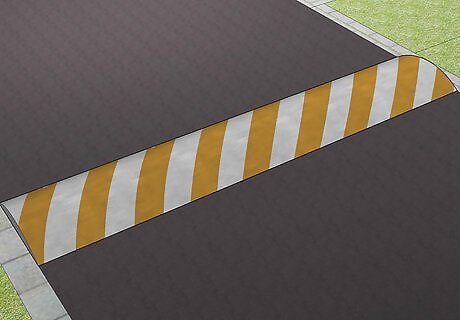
Petition your city for road barriers. Speed bumps are the most obvious road barrier. People must slow down to avoid damaging their car; however, better results come from narrowing the road, such as by making the sidewalks larger, adding stop signs, or adding chicanes (artificial narrowing). Speed bumps can help, but they can also damage cars and feel annoying to you and your neighbors. If you are permitted to park on the street, you can use your car as a barrier. Otherwise, you shouldn’t attempt to block the road on your own. The city may also be able to install yellow hazard signs with a message like, “Deaf children at play.” People who see this may take more caution as they travel along the street.

Install video surveillance outside your home. A continuous surveillance camera will allow you to monitor traffic near your home. Record yourself driving at and above the speed limit so you have a frame of reference for what’s too fast. Then, capture clips of speeders. Once you have the clips, you can send them to people or their employers. For example, you may see that your mail carrier is speeding and send the clip to their boss at the post office. You can also use these clips to prove to your city government that speeding is a problem.











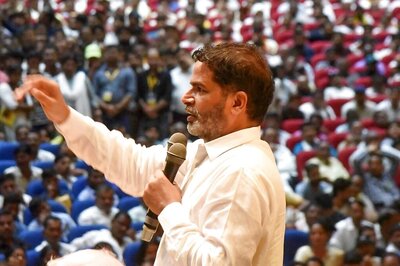

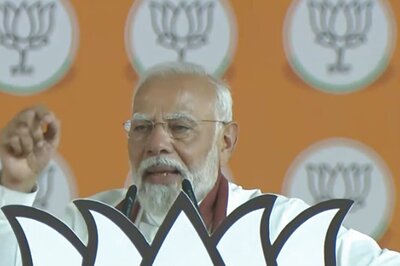



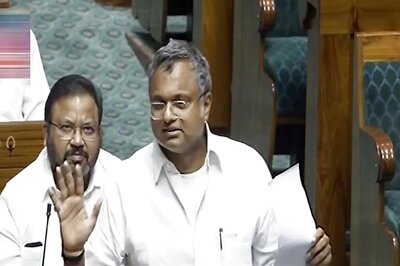

Comments
0 comment